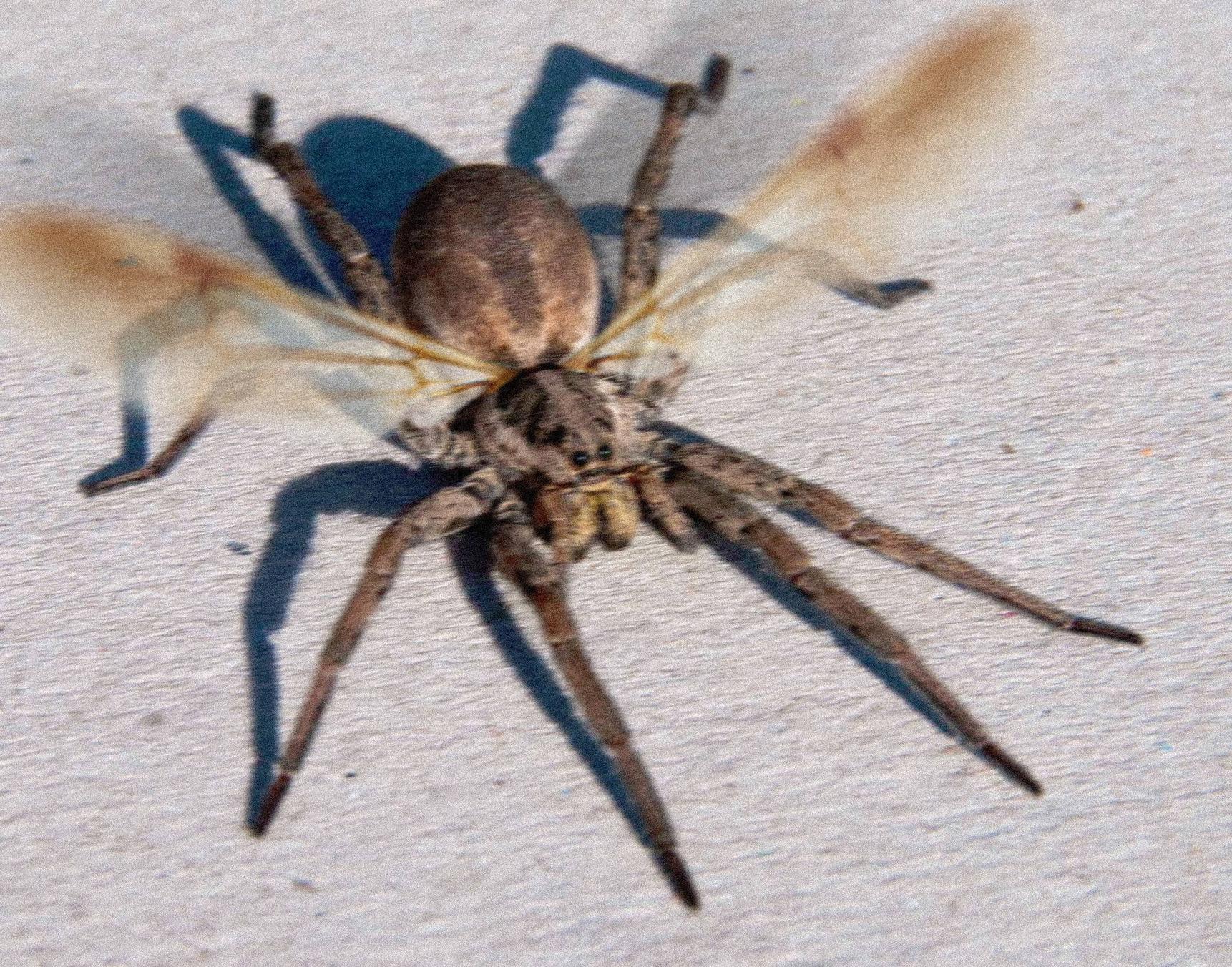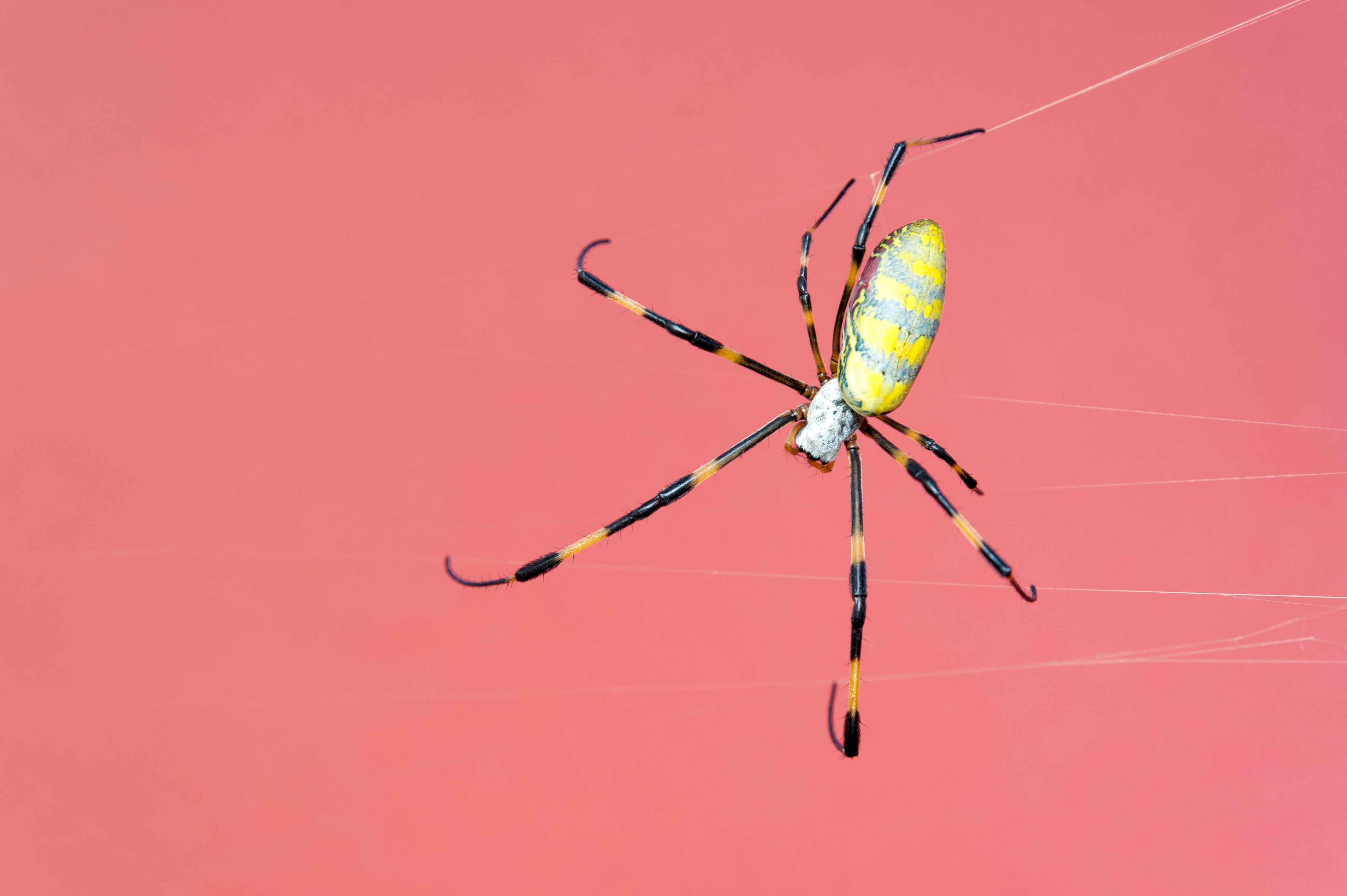Flying Spider Adaptations

Flying spiders – Spiders, known for their eight legs and silk-spinning abilities, have evolved unique adaptations that allow certain species to fly or glide through the air. These adaptations enable them to disperse over long distances, escape predators, and access new habitats.
Flying spiders, also known as ballooning spiders, are fascinating creatures that use the wind to travel long distances. While watching these aerial acrobats soar through the air, you might find yourself wondering about the acolyte’s role in the Star Wars universe.
To delve into this captivating tale, watch the acolyte online free and explore the intricate world of the Force. As you witness the acolyte’s journey, you’ll gain a deeper understanding of the delicate balance between light and dark that defines the Star Wars saga.
And when you return to the realm of flying spiders, their aerial prowess will take on a new significance, reminding you of the boundless possibilities that lie within the universe.
Flying spiders possess specialized structures and behaviors that facilitate their aerial movement. These adaptations include:
Types of Flying Spiders
- Paragliders: These spiders have flattened abdomens that act as wings, allowing them to glide through the air. Examples include species from the genus Araneus.
- Ballooners: These spiders release silk threads that catch the wind, carrying them aloft. Examples include species from the genus Theridion.
- Gliders: These spiders have enlarged leg segments that act as wings, enabling them to glide over short distances. Examples include species from the genus Portia.
Examples of Flying Spider Species
- Joro spider (Trichonephila clavata): A paraglider that can glide up to 100 meters on silk threads.
- Common house spider (Araneus diadematus): A paraglider that can glide up to 25 meters.
- Black lace-weaver spider (Amaurobius ferox): A balloonist that can travel long distances on silk threads.
- Portia fimbriata: A glider that uses its enlarged leg segments to glide over short distances.
Ecological Significance of Flying Spiders

Flying spiders, with their unique ability to glide through the air, play significant ecological roles in various ecosystems. As skilled predators, they regulate prey populations, shaping the dynamics of their habitats. Moreover, their role in pollination and seed dispersal contributes to the overall health and balance of ecosystems.
Impact on Prey Populations, Flying spiders
Flying spiders primarily feed on insects and other small invertebrates. Their aerial maneuverability allows them to reach prey that would be inaccessible to ground-dwelling spiders. By actively hunting and consuming these prey, flying spiders help control their populations, preventing outbreaks that could disrupt ecosystem stability.
Role as Pollinators
While not as well-known as bees or butterflies, flying spiders also contribute to pollination. As they move from flower to flower in search of prey, they inadvertently transfer pollen grains, facilitating fertilization and the production of seeds. This pollination service benefits both plants and the animals that rely on them for food and shelter.
Importance in Seed Dispersal
Flying spiders also play a role in seed dispersal. Some species carry seeds attached to their bodies as they glide through the air. By transporting seeds to new locations, flying spiders contribute to plant propagation and genetic diversity, ensuring the survival and resilience of plant populations.
Cultural and Historical Perspectives on Flying Spiders

Flying spiders have captured the human imagination for centuries, inspiring both awe and fear. In many cultures, they are seen as symbols of mystery, danger, and even the supernatural.
Folklore and Cultural Beliefs
In some Native American traditions, flying spiders are believed to be messengers from the spirit world. In African folklore, they are often associated with witchcraft and evil spirits. In Japan, they are said to bring good luck if they land on your head.
Art, Literature, and Mythology
Flying spiders have been featured in art and literature for centuries. In the ancient Greek myth of Arachne, a weaver who was transformed into a spider, flying spiders are depicted as her assistants. In Shakespeare’s play “Macbeth,” the witches use flying spiders in their spells. And in the Harry Potter series, flying spiders are used as pets and messengers.
Scientific Research and Exploration
Flying spiders have also played a significant role in scientific research and exploration. In the 18th century, the naturalist Carl Linnaeus used flying spiders to study the distribution of species. And in the 19th century, the explorer Alexander von Humboldt collected flying spiders from all over the world, helping to expand our knowledge of their diversity.
Flying spiders, also known as balloon spiders, are fascinating creatures that can travel long distances by catching the wind with their silken threads. They are often found in open areas, such as fields and meadows, and are most active at night.
Flying spiders are not typically dangerous to humans, but their bites can be painful.
Flying spiders, with their delicate webs and graceful aerial maneuvers, weave an intricate tapestry of nature’s wonders. Their presence brings to mind the mystery of hidden worlds, where time seems to stand still. What time does the acolyte come out ?
This question lingers in the air, echoing the anticipation of a sacred ritual. As the sun begins its descent, the flying spiders prepare for their nightly dance, their ethereal forms blending seamlessly into the twilight sky.
The graceful ballet of flying spiders against the twilight sky is a spectacle that can captivate even the most casual observer. These enigmatic creatures, often associated with the realm of myth and folklore, have long fascinated naturalists like dean-charles chapman.
His meticulous studies have shed light on their intricate web-building behaviors and aerial prowess, revealing a hidden world of ecological significance that intertwines the mysteries of nature and the boundless realm of imagination.
Flying spiders, with their ethereal movements, evoke a sense of wonder and unease. Their delicate bodies suspended in the air recall the enigmatic nature of Amanda Knox , whose life was forever entwined with both the darkness and the lightness of her experiences.
Like these spiders, she emerged from a web of suspicion and emerged with a renewed sense of purpose, reminding us that even in the most unsettling of circumstances, resilience and hope can take flight.